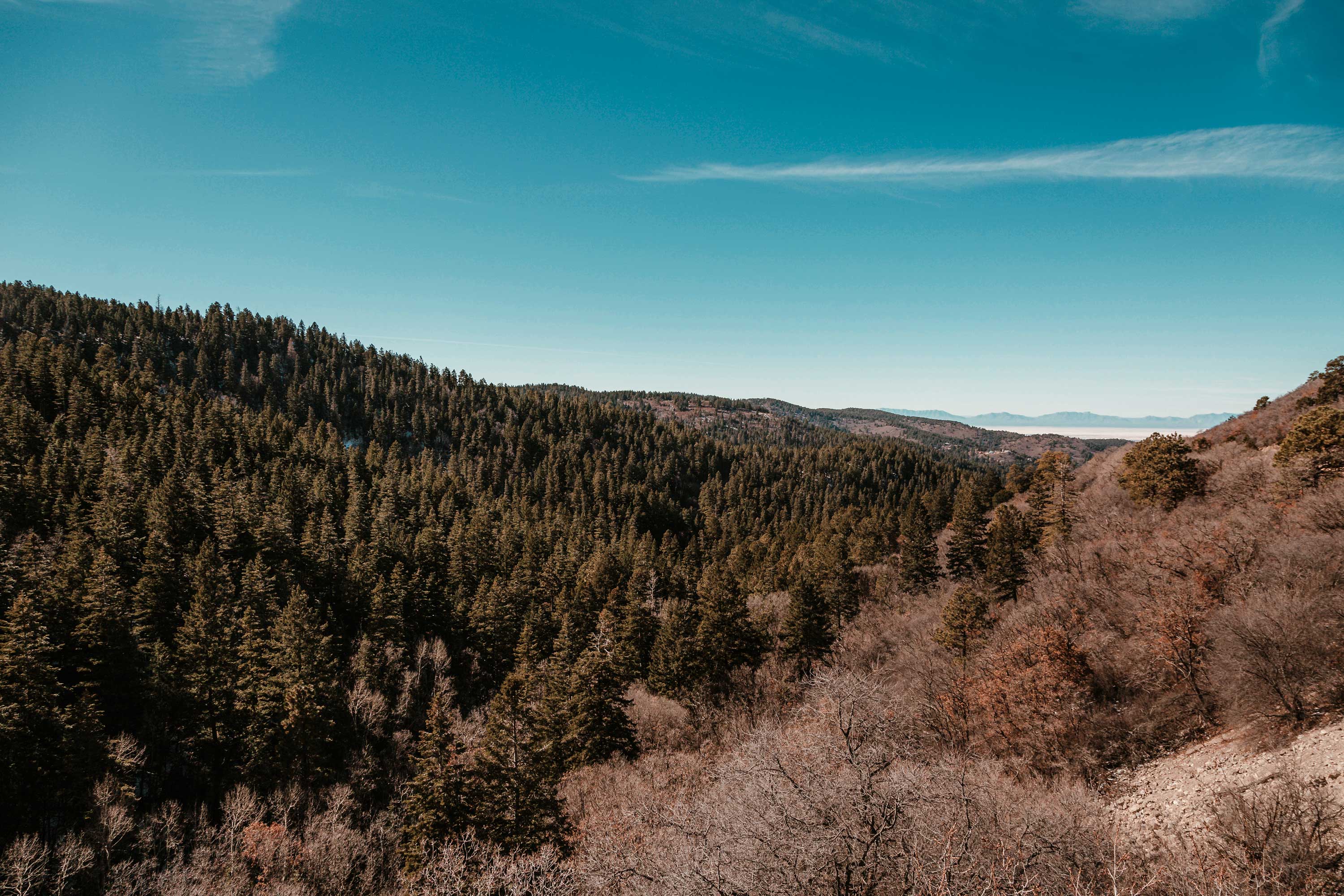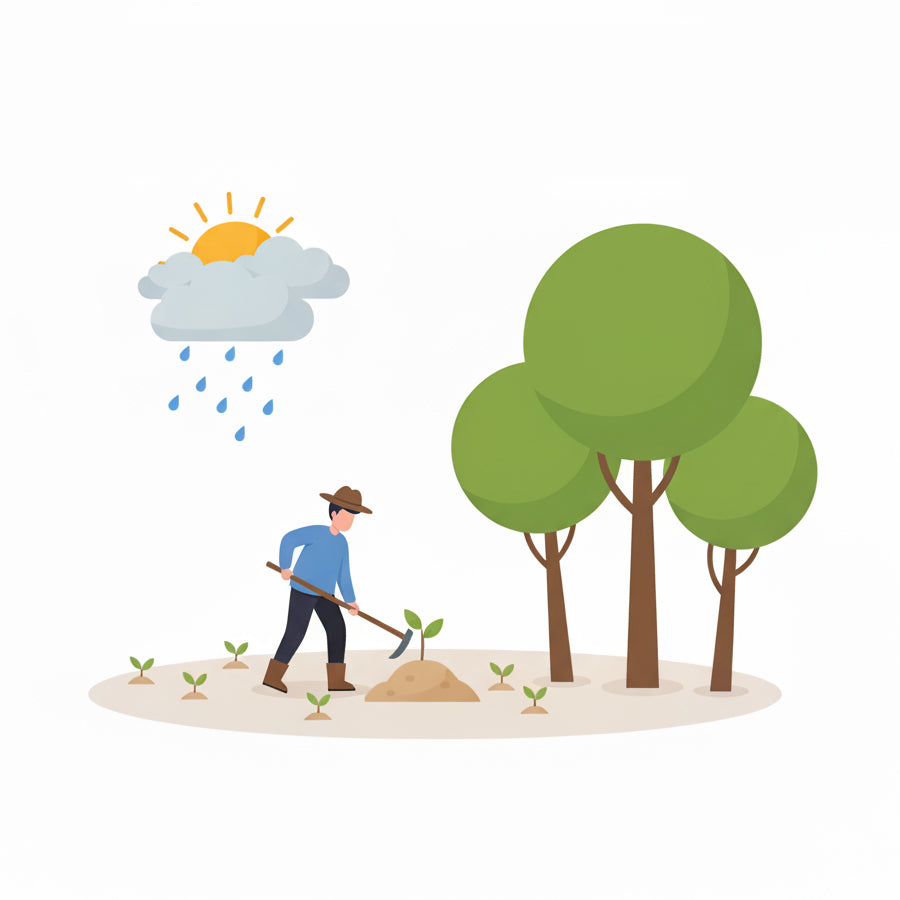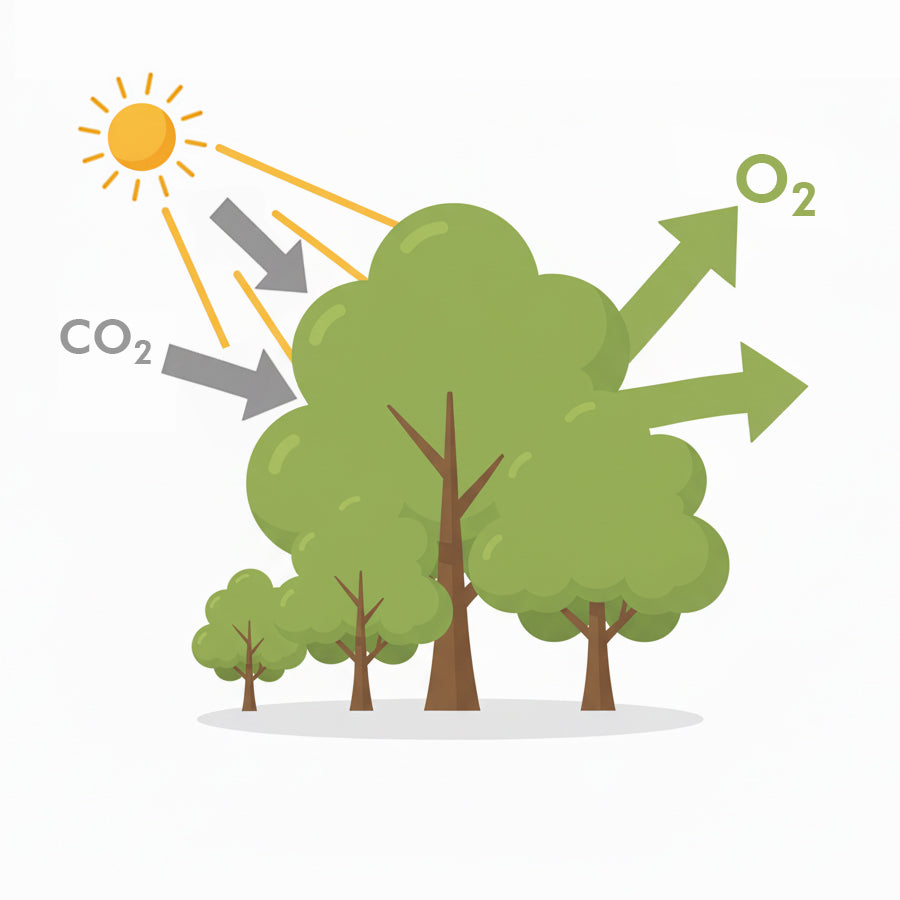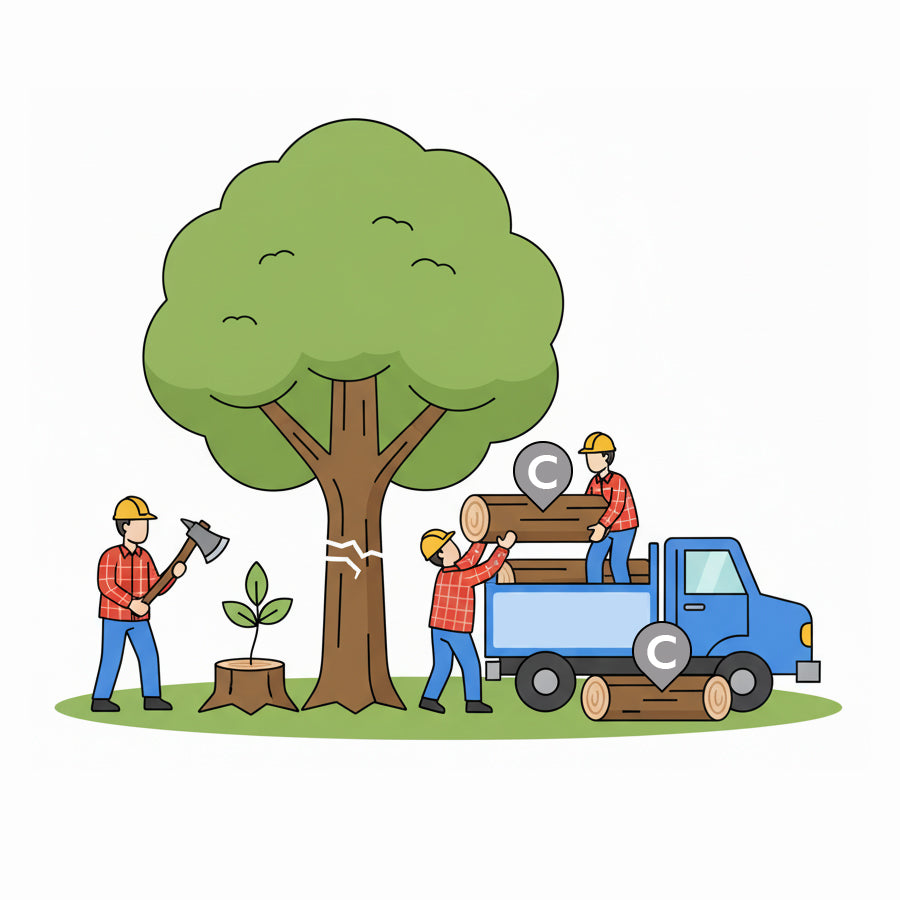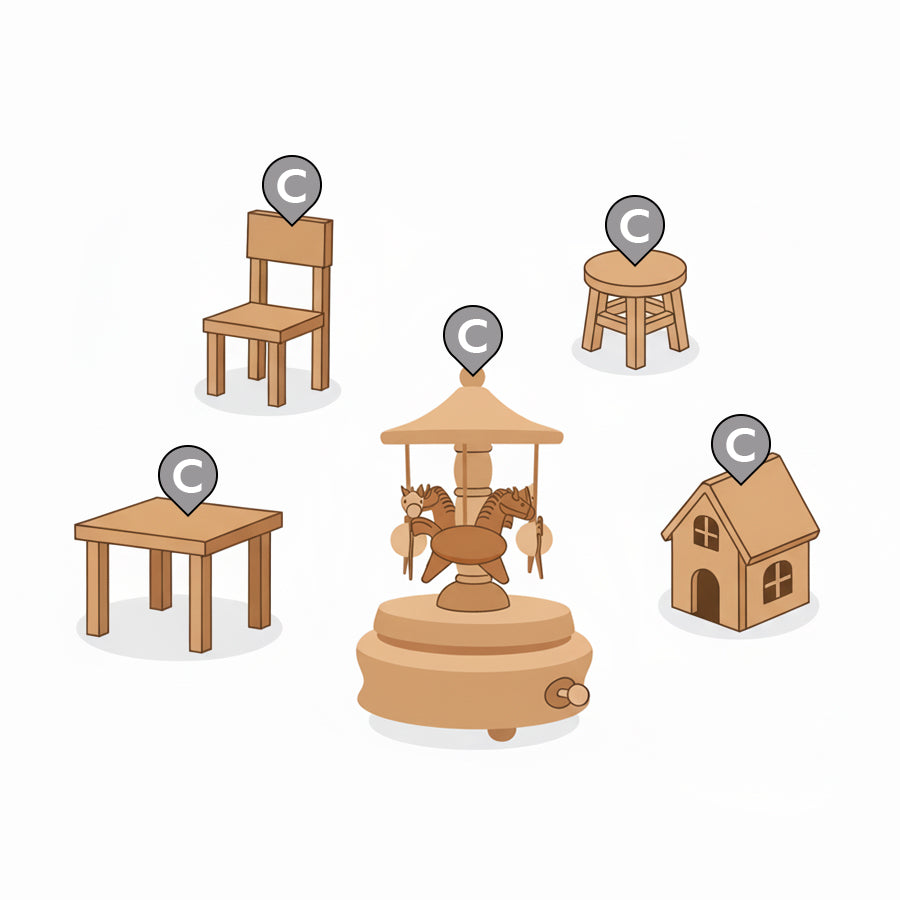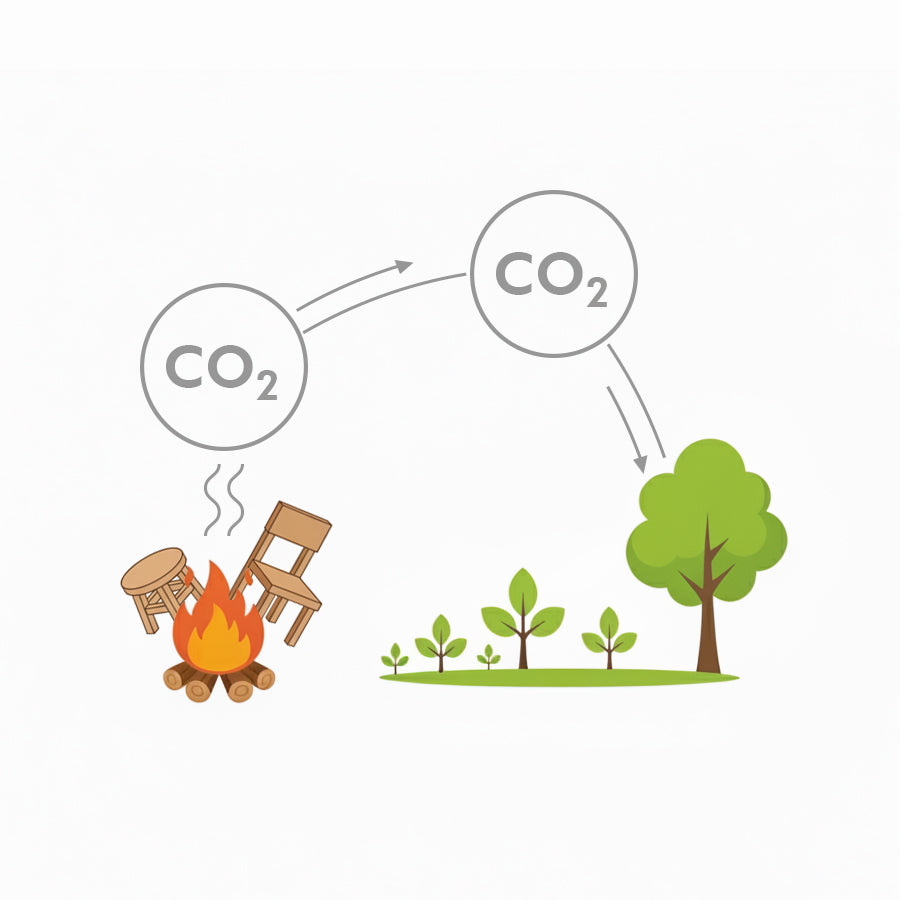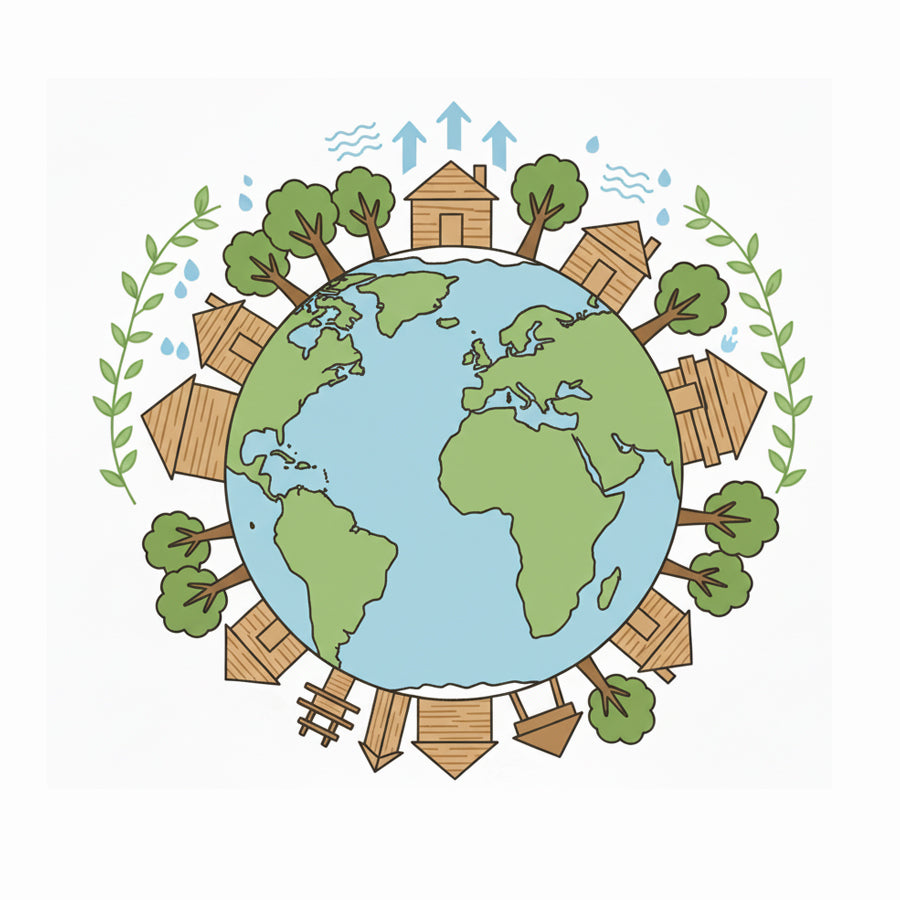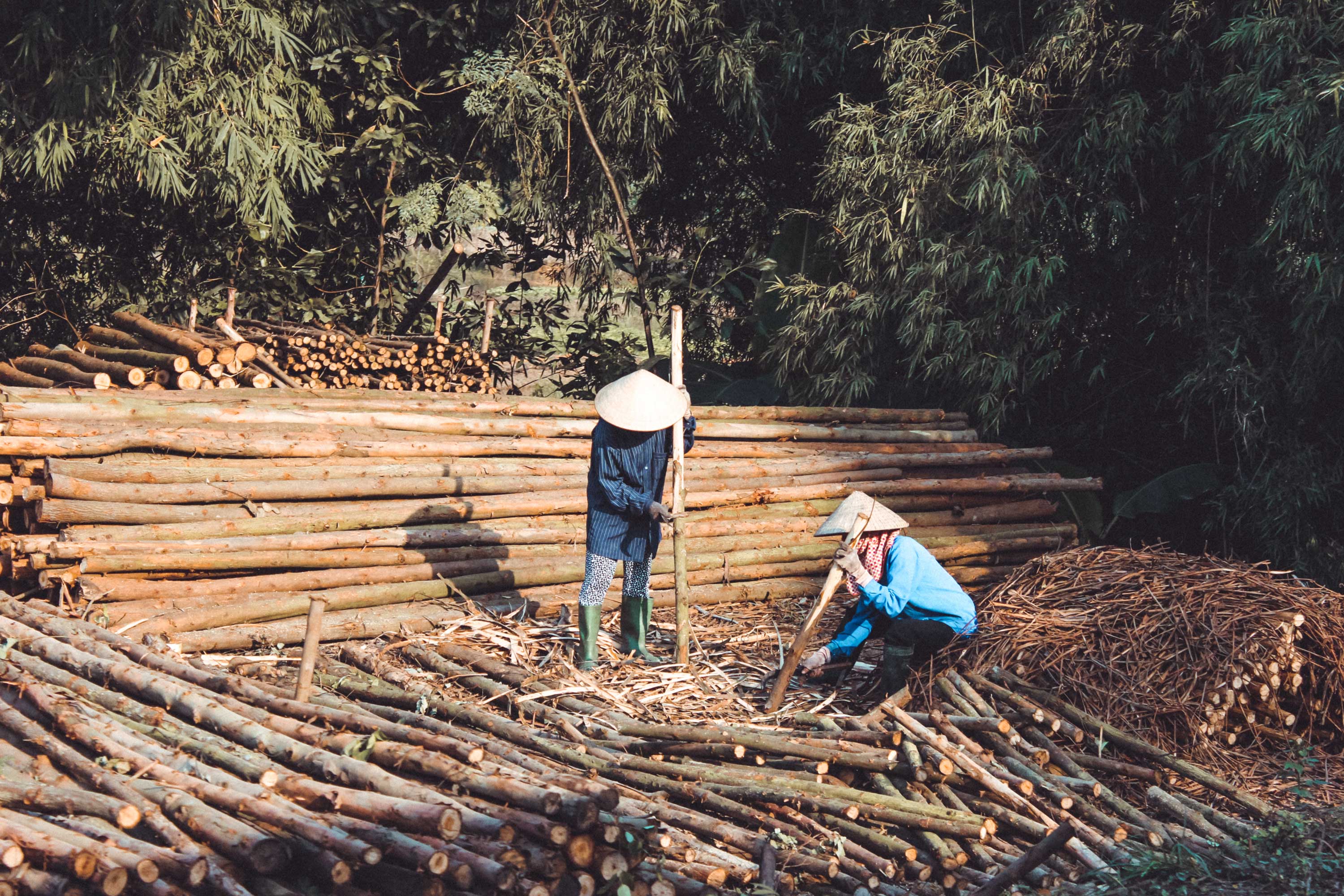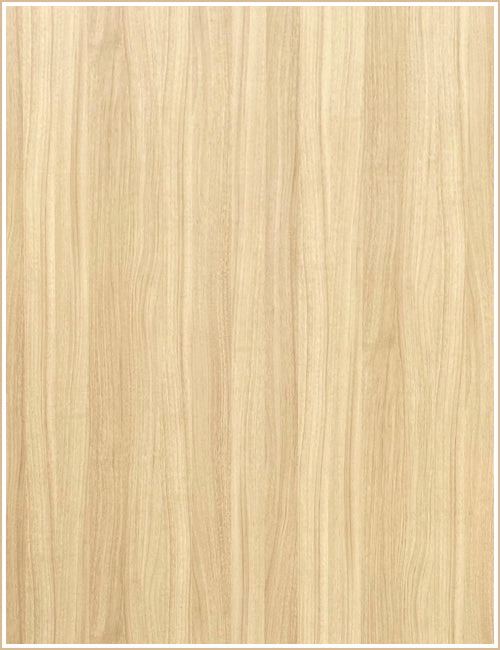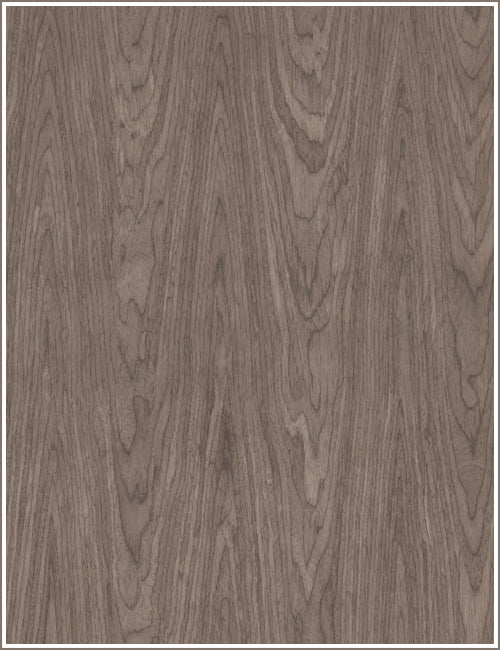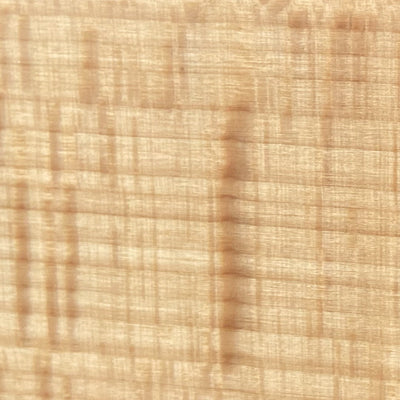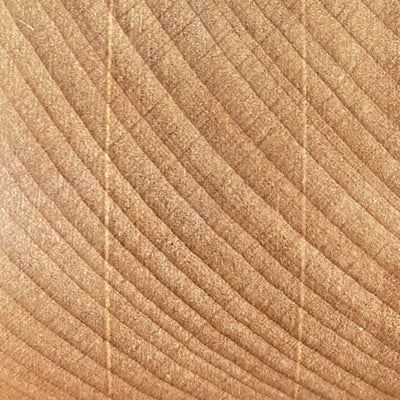Artificial afforestation, selective harvesting of mature trees, and the planting of new saplings can increase carbon storage and release more oxygen, which contributes to achieving sustainable forest management. Systematic planting and harvesting practices ensure a consistent timber supply while maintaining ecological stability. When conducted properly, harvesting supports broader environmental objectives, as scientifically informed forest management enhances tree growth rates and carbon sequestration capacity—up to 30 to 50 times greater than that of conventional forests. Furthermore, wood-based products play a vital role in everyday life. This integrated strategy embodies the principles of sustainable forestry.

All products of Goshall are sourced from premium-quality woods, including natural beech, black walnut, and maple, which are obtained from legally managed plantations across various regions such as China, Europe, and Russia.

We remain committed to sustainable forestry principles and actively prevent excessive deforestation in order to preserve forest ecosystems and natural resources. When logging is conducted in a scientifically sound and responsible manner, artificial forests can support sustainable management practices, advance environmental conservation efforts, enhance wood utilization efficiency, and significantly minimize resource waste. Looking ahead, Goshall will continue to prioritize environmentally responsible production practices and contribute to the long-term sustainability of our planet.
Goshall - Types of Wood
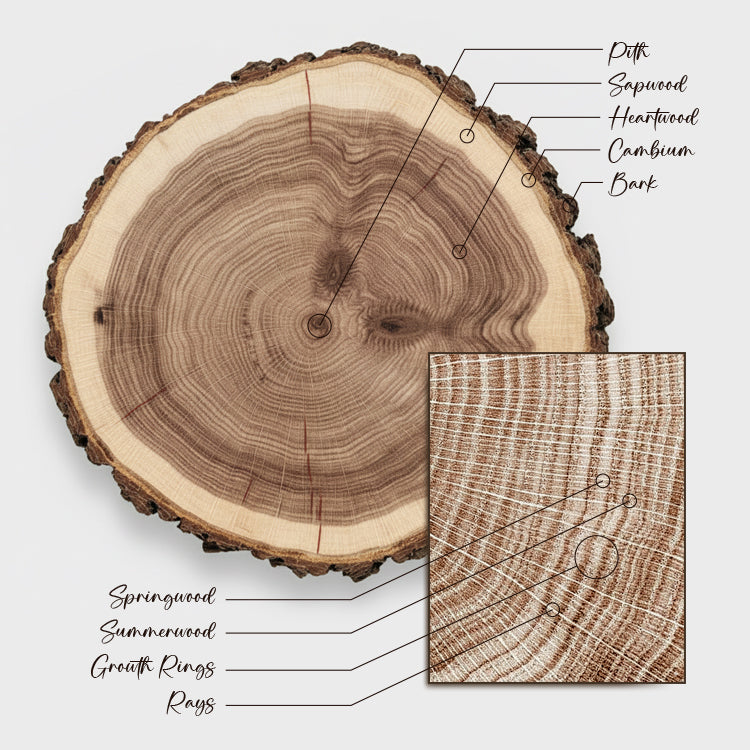
Imagine a tree trunk as a series of concentric circles, each with a vital role. The central pith, occasionally softer and differently colored, is encircled by the heartwood, a dense collection of dead cells providing the tree's main support. Moving outward, the sapwood, often lighter, acts as the tree's circulatory system, shuttling water, minerals, and plant sugars between roots and leaves. Just beneath the protective bark lies the cambium, a thin, active layer of living cells. This dynamic layer is the wood's factory, generating new cells. Early in the growing season, it rapidly produces light springwood, then slows to create denser, darker summerwood as the weather warms. This annual cycle of growth and dormancy is what forms the distinctive growth rings we see.
Common Wood Characteristics
Natural solid wood surfaces exhibit a diverse array of irregular patterns and vibrant grain structures. Upon closer examination, it becomes evident that these intricate and refined wood grains are a consistent and aesthetically pleasing characteristic of all solid wood furniture and handicrafts. Rather than being regarded as imperfections, such textures serve as a clear representation of the natural essence and inherent beauty of wood.
To discard solid wood raw materials simply because they display these natural grain patterns, deeming them defects, would lead to severe consequences. It would inevitably drive excessive deforestation, disrupting ecological and forest balance, rendering sustainable forestry efforts meaningless, and inflicting irreversible damage upon our planet's environment.
